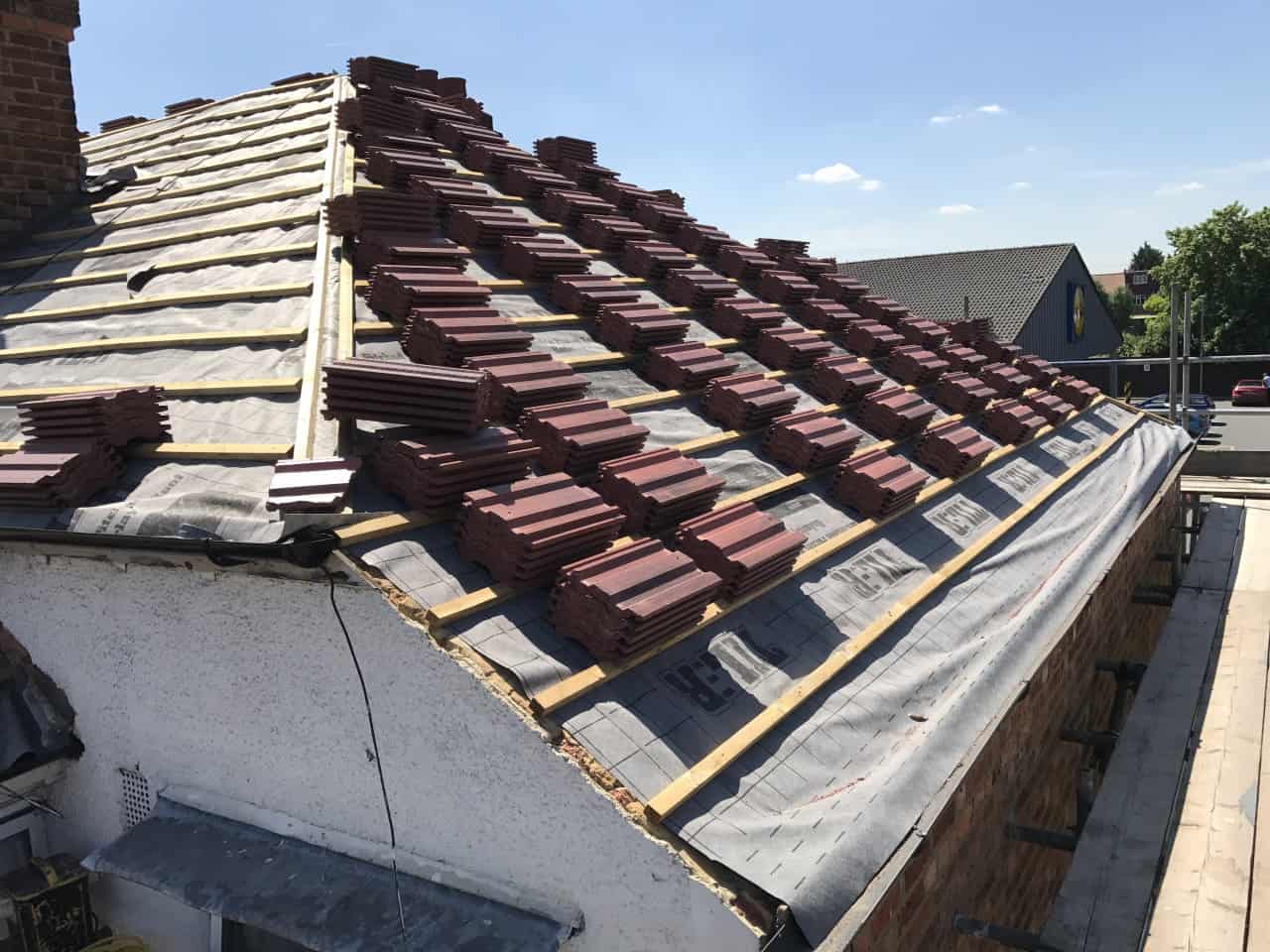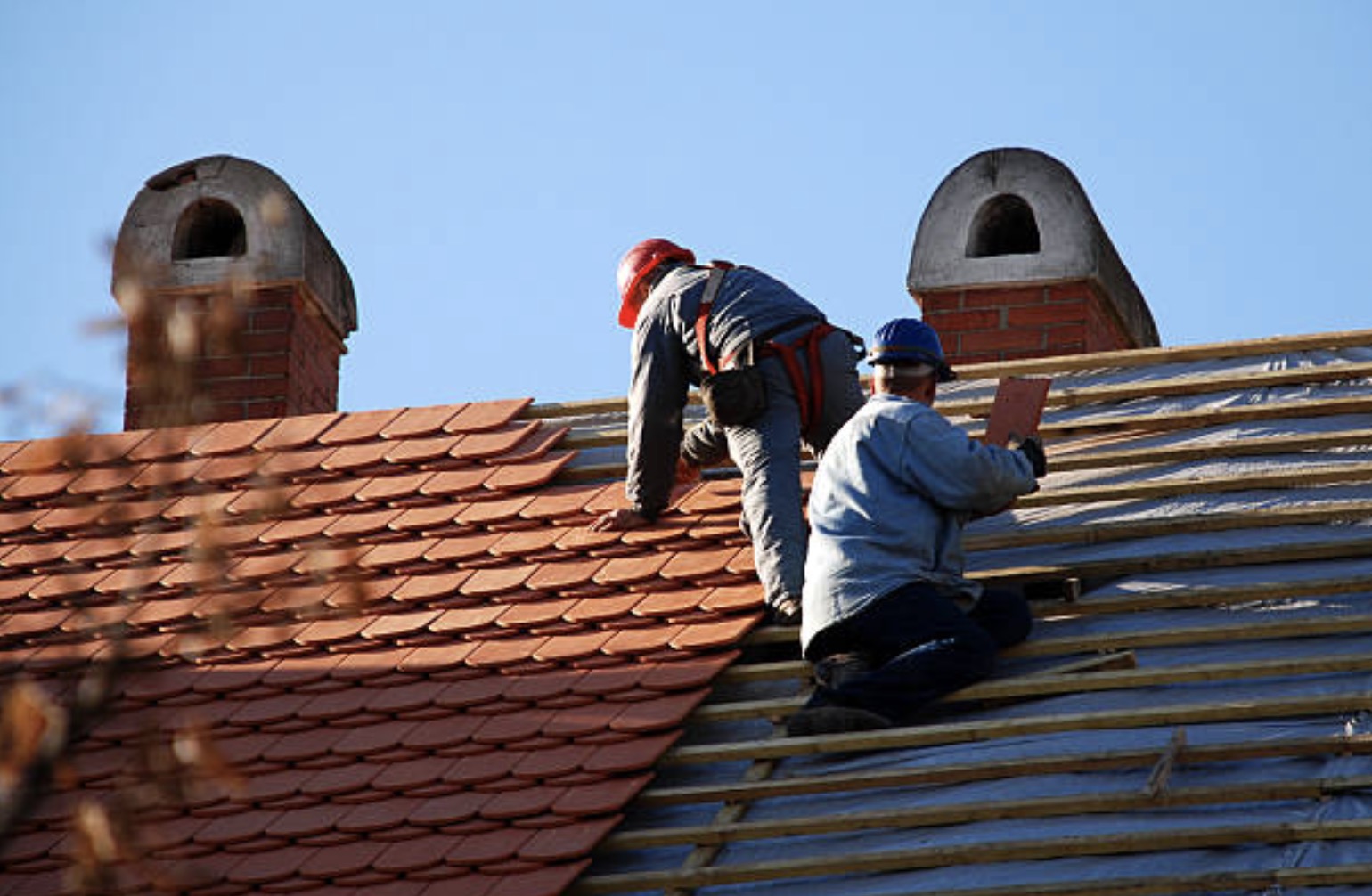Typical Roofing Concerns and How to Fix Them Effectively
Typical Roofing Concerns and How to Fix Them Effectively
Blog Article
What to Anticipate Throughout an Expert Roof Covering Installment Process
Recognizing the specialist roof setup process is crucial for homeowners considering this considerable financial investment. This procedure normally commences with an initial assessment and a comprehensive inspection of the existing roof, setting the phase wherefore lies ahead. The professional's technique includes meticulous prep work of the worksite, making certain safety and performance as the task unravels. Nevertheless, the nuances of each stage-- from the removal of old materials to the final walkthrough-- can significantly influence the general experience and result. What particular aspects should home owners be especially alert to throughout this vital time?
First Assessment and Examination
Prior to starting a roofing setup job, a preliminary examination and comprehensive inspection are vital. This initial stage establishes the foundation for an effective roof job, guaranteeing that both the specialist and homeowner are straightened on assumptions and needs. Throughout the appointment, the specialist assesses the existing roofing's condition, recognizing any kind of underlying issues that might influence the setup process, such as structural damage, leaks, or inadequate air flow.
The inspection generally involves an extensive examination of the roof covering's products, pitch, and water drainage systems. The contractor might additionally check out the attic room room for signs of moisture or insulation issues. This detailed analysis enables the identification of necessary repair work that should be resolved prior to waging the installation. In addition, this conference provides a chance for property owners to review their choices concerning materials, styles, and budget constraints.
Preparing the Worksite
As soon as the preliminary appointment and examination are full, the next action is preparing the worksite for the roof installment. This phase is essential to make certain a reliable and risk-free project. The professional roofer will start by clearing the location around the home, eliminating any type of barriers that might restrain the setup process. This includes transferring exterior furniture, lorries, and landscape design features that could be damaged or obstruct access to the roofing.
Following, safety actions will certainly be placed in place to secure the residential property. Tarps or drop fabrics are commonly expanded on the ground to catch any type of debris that may drop during the installation, minimizing damage to the landscaping and outside surfaces. Furthermore, the service provider will certainly evaluate and protect any required scaffolding or ladders to ensure the safety and security of the staff.
Safety steps are vital during this phase; the team will certainly ensure that all devices and tools are organized and quickly accessible. By diligently preparing the worksite, the roofer establishes the phase for a seamless installment procedure, eventually leading to a successful roof covering job. This prep work phase is important for keeping performance and making sure the safety of both the workers and the residential or commercial property.

Roof Covering Removal and Disposal
The process of roofing removal and disposal is a crucial action in any type of roof covering installment job, as it entails the mindful taking apart of the existing roof covering materials. This stage commonly begins with an assessment of the roof covering's condition and the identification of any type of possible threats, such as harmed decking or architectural concerns. Precaution are prioritized, consisting of using individual protective tools and protected scaffolding to make sure the safety of employees.
As soon as the assessment is complete, the existing roofing products, such as membranes, floor tiles, or shingles, are methodically removed. This frequently entails making use of specialized tools to separate the products without triggering damages to the underlying framework. Treatment is taken to decrease debris and sound, in addition to to protect bordering locations.
Many professional roof business stick to local regulations concerning waste disposal and recycling, usually repurposing materials when feasible. This thorough approach to roofing removal and disposal establishes the foundation for the effective setup of new roof materials.
Setup of New Roof Covering Products
New roof materials are meticulously mounted adhering to the elimination of the old roof, making certain a solid and durable structure. The setup process starts with the application of an underlayment, which acts as a protective barrier against wetness and provides an extra layer of here insulation. It is important that the underlayment is outlined smoothly and firmly, with overlapping seams to avoid water infiltration.
When the underlayment is in place, the choice of roof covering product-- be it asphalt tiles, steel panels, or floor tiles-- can start. Each material has specific setup guidelines that must be abided by for ideal efficiency and durability. Asphalt roof shingles are normally mounted starting from the bottom side, overlapping each row to network water away efficiently. Conversely, steel roofing systems require fastening strategies that ensure panels are safe and permit thermal development.
Throughout this stage, experts pay very close attention to details such as flashing setups around smokeshafts and vents to stop leakages. Correct air flow systems are additionally integrated to keep air flow and lower warmth buildup, therefore contributing to the total performance and lifespan of the brand-new roof.
Final Examination and Cleaning
A thorough final examination and cleaning are essential steps in the roofing installment process, making certain that the recently finished roof covering meets safety and quality requirements. During the last evaluation, roofing experts will meticulously check out every element of the installation, including the alignment of tiles, the stability of blinking, and the general handiwork. This exam aids identify any potential concerns that may have arisen throughout setup, enabling for punctual adjustments.
Along with evaluating the roof covering itself, the examination additionally encompasses the bordering areas, making certain that particles, nails, and various other products are eliminated. A tidy worksite is vital to stop mishaps and keep the visual charm of the residential or commercial property. Roof covering groups will often make use of magnetic devices to gather any stray nails, safeguarding both the house owners and their cars from possible threats.

Conclusion
In final thought, the specialist roofing installment procedure incorporates several critical stages, consisting of preliminary examination, site preparation, roof covering elimination, and the setup of brand-new products. Understanding these steps equips homeowners with the knowledge to navigate the roof covering installation procedure have a peek at this site efficiently and confidently.

Report this page